He was found beside a dumpster, wrapped in rejection before he even had a name. Abandoned as a newborn in rural Florida, Freddie Figgers began life not with a lullaby but with the rattle of trash and the silence of being unwanted. Raised by an aging couple in a small town, he grew up with hand-me-down clothes, second-hand electronics, and questions about where he came from. By the time he was nine, he was fixing a broken computer with parts from an old radio. It didn’t seem like much at the time, but that quiet obsession with circuitry and code would build something the world can’t live without.
Thrown Into the World

Freddie Figgers wasn’t born in a hospital or wrapped in a soft blanket. In 1989, he was abandoned beside a dumpster—two days old, swaddled in silence, just yards from death.
Rural North Florida wasn’t kind to babies left in the cold. But fate intervened in the form of Nathan and Betty Mae Figgers from Quincy—a loving couple in their 50s who had raised foster children before.
They took him home, gave him their name, and chose to love him. But even that kind of love can’t erase the sting of how his story began.
“You’re My Son”

At age eight, Freddie finally asked his father where he came from. Nathan’s answer landed like thunder: “Your biological mother, she threw you away… but we adopted you.”
Freddie was stunned. “I’m trash,” he whispered. But Nathan clutched his shoulder. “Don’t you ever let that bother you.” In those words was a promise: love without limits.
Still, that truth echoed in Freddie’s young mind. At school, the taunts would begin. But so would something deeper—an urgent need to prove he was more than thrown-away.
The Bully’s Playground

The names stuck like glue. “Dumpster Baby.” “Trash Can Boy.” Kids laughed while throwing him into trash bins as if it were a joke. It never felt like one.
Sometimes, Nathan waited at the bus stop just to protect him. But even then, the cruelty spread. “Look at the old man with the cane,” they’d jeer.
Freddie learned early: kindness could be mocked, and differences punished. But he also learned that if he could survive this, maybe he could survive anything.
Old Souls, New Lessons

Nathan and Betty Mae weren’t rich, but they had wisdom. Nathan fixed things. Betty Mae worked the fields. Together, they gave Freddie more than food—they gave him values.
At weekends, they drove around Quincy “dumpster diving,” scavenging what others had thrown away. Nathan would say, “One man’s trash is another man’s treasure.”
Freddie took that phrase to heart. He didn’t know it yet, but that mindset would shape his destiny. One broken object would soon change everything.
The $24 Machine

He always wanted a Gateway computer. But they were too expensive, too far from reality. Until one day, at a Goodwill shop, Freddie saw a dusty Macintosh.
It didn’t work. But he begged. The sales guy gave in. “Twenty-four dollars,” he said. Freddie’s hands trembled as they carried it home. His heart beat like a drum.
The machine wouldn’t turn on. But instead of defeat, Freddie saw a challenge. He opened it up and began soldering by instinct. Something inside him had already turned on.
The First Spark

At home with his broken Mac, nine-year-old Freddie opened the casing and examined the insides. Several capacitors were clearly damaged and leaking. The machine wouldn’t even power on.
From Nathan’s stash of old electronics, Freddie salvaged parts from a radio alarm clock. Using his soldering gun, he carefully replaced the damaged capacitors on the Mac’s motherboard.
After nearly fifty failed attempts, the computer finally turned on. Freddie sat still, stunned. That glowing screen felt like permission to imagine a different future.
The After-School Engineer
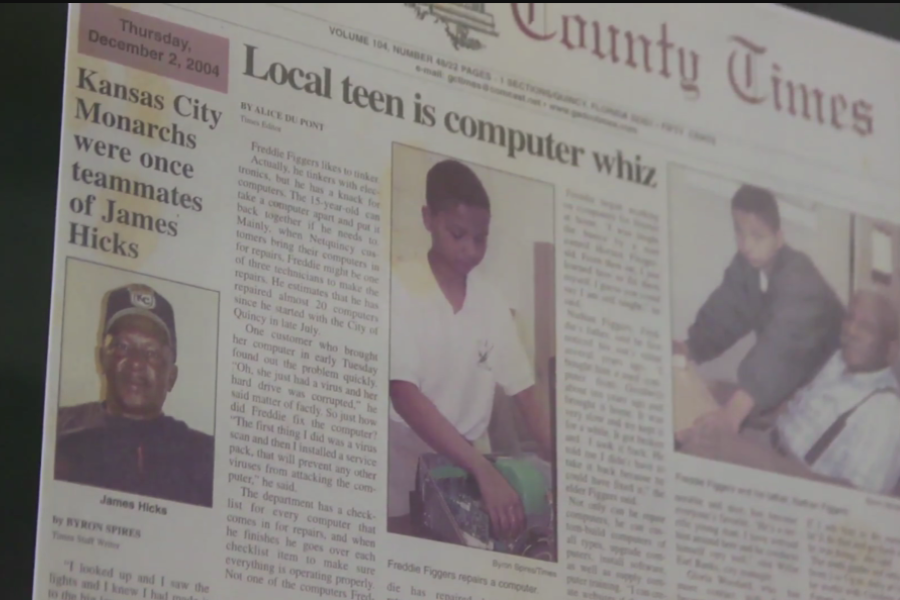
Freddie joined an after-school program at age twelve. While others played outside, he quietly repaired discarded computers in the school’s lab, one machine at a time.
Corrupted hard drives, dead power supplies, outdated RAM—he fixed them all. The director of the program, who was also Quincy’s mayor, took note of his talent.
Impressed, she invited Freddie and his parents to City Hall. He had no idea they were about to offer him his first real job.
A Hundred Broken Machines

Behind a locked door at City Hall, the mayor showed Freddie a room full of broken computers—nearly 100 of them stacked high, gathering dust.
She said, “I need these repaired. Can you do it?” Freddie agreed immediately. He was paid $12 an hour, far more than he’d ever earned before.
He spent every afternoon at City Hall, restoring the machines one by one. Meanwhile, the demand for Freddie’s skills was growing. The city ended up needing someone like him.
The $600,000 Challenge

The City of Quincy needed software to monitor its water pressure gauges. A private company proposed building it for $600,000. The number stunned everyone in the room.
Then someone called out, half-jokingly, “Freddie’s a computer dork. He could probably help.” Freddie stepped forward and said, “If you give me the chance, I’ll build it.”
He developed the system to match their exact specifications. He didn’t receive a bonus or raise—just his regular paycheck. But it marked the start of something bigger. Freddie steps into a new kind of challenge.
When Dad Forgot
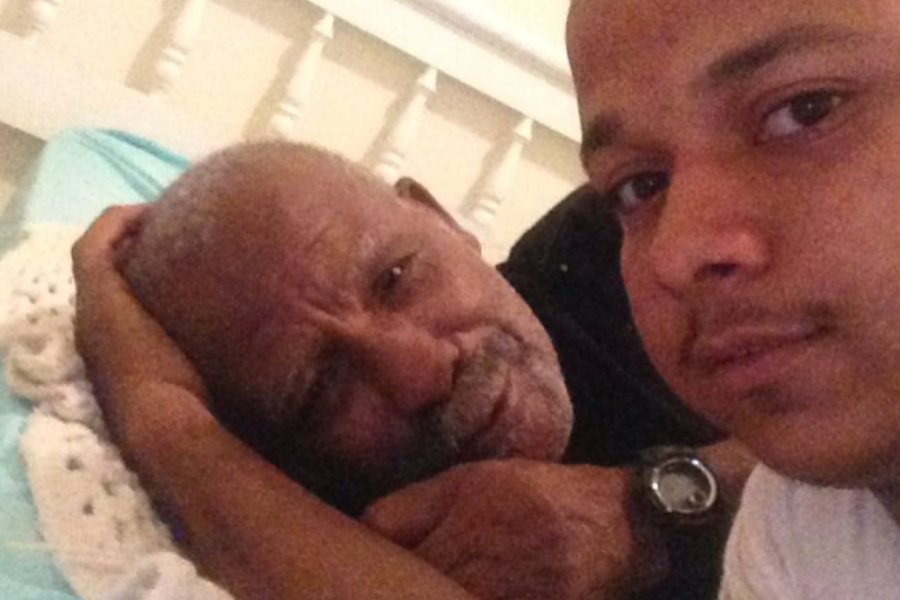
As Nathan aged, symptoms of Alzheimer’s crept in. He often re-enacted scenes from TV shows. One night, he burst into Freddie’s room holding a rifle, thinking he was Matt Dillon.
He told Freddie, “I’m going to need you to get out of town.” They struggled briefly before Freddie disarmed him, walked him back to bed, and stayed close.
By morning, Nathan had wandered off again. This time, Freddie knew it was no longer safe to wait for the next episode. He needed a tracking solution—urgently.
A Voice in His Shoe
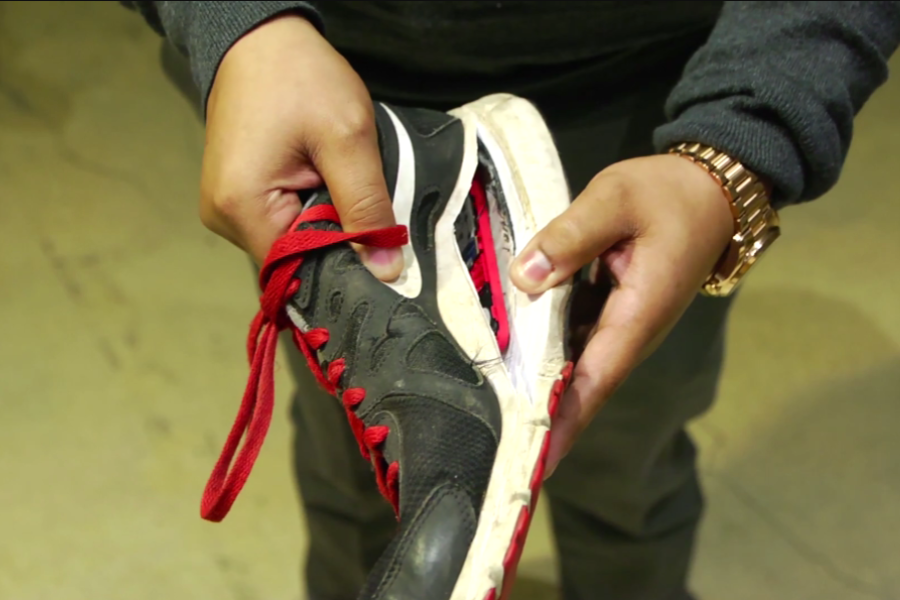
Freddie began designing a GPS tracker that would fit inside his father’s shoe. The goal was simple: if Nathan wandered, Freddie could find him quickly—and keep him safe.
He engineered the device to include a speaker and microphone. Using his laptop, Freddie could press a button, activate the speaker, and ask, “Hey Dad, where are you?”
Nathan would answer, “Fred, I don’t know where I am!” Freddie used the GPS location to find him—sometimes in a field, sometimes blocks away. It happened eight times.
The Business Meeting Escape
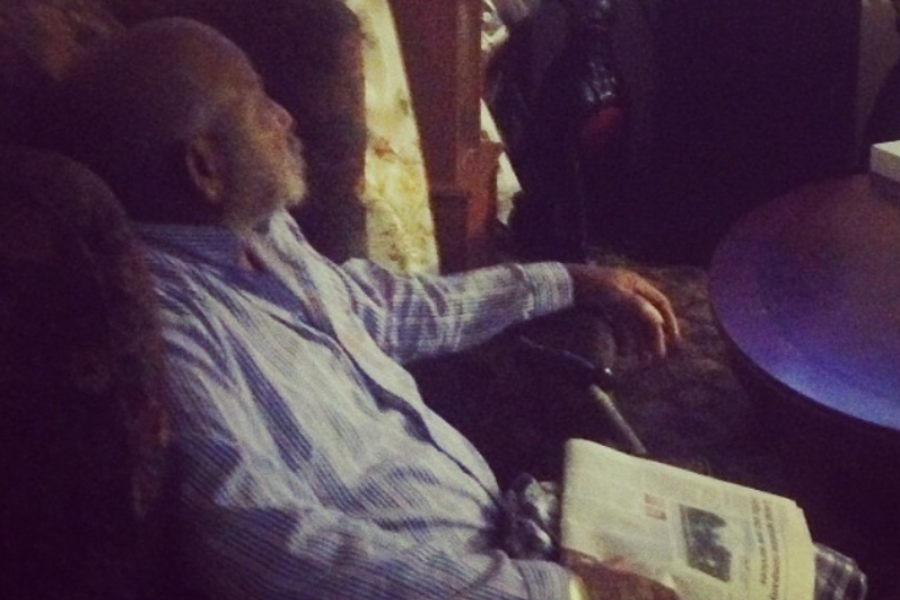
As Nathan’s condition worsened, some family members suggested placing him in a nursing home. Freddie refused. “He didn’t abandon me,” he said. “So I wasn’t going to abandon him.”
He brought Nathan along to business meetings, parking the car in the shade with the AC on, music playing, and a steering-wheel lock in place.
During one meeting, Freddie glanced out the window and saw an empty car. Nathan had lowered the back window and climbed out. Freddie ran out, heart pounding.
A Loss That Shattered Him
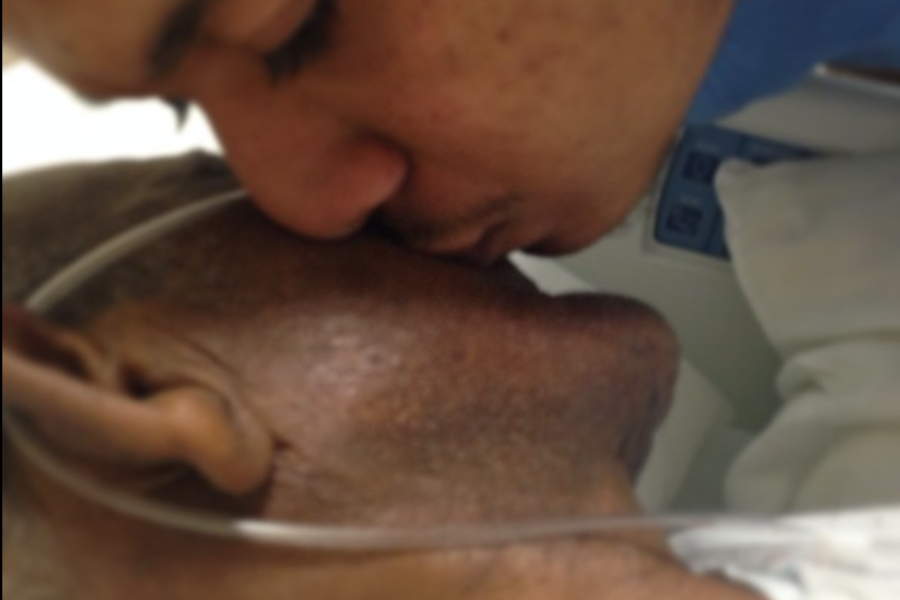
Nathan Figgers died in January 2014 at age 81. Freddie was 24. The man who had raised him, protected him, and believed in him was suddenly gone.
Freddie had just finalized the $2.2 million sale of the shoe GPS tracker. The money hadn’t cleared in time. He never got to buy Nathan the truck and fishing boat he wanted.
“It broke me,” Freddie said. “All I wanted was to make my dad proud.” That moment changed how he saw wealth, purpose, and time.
The Lesson Money Taught
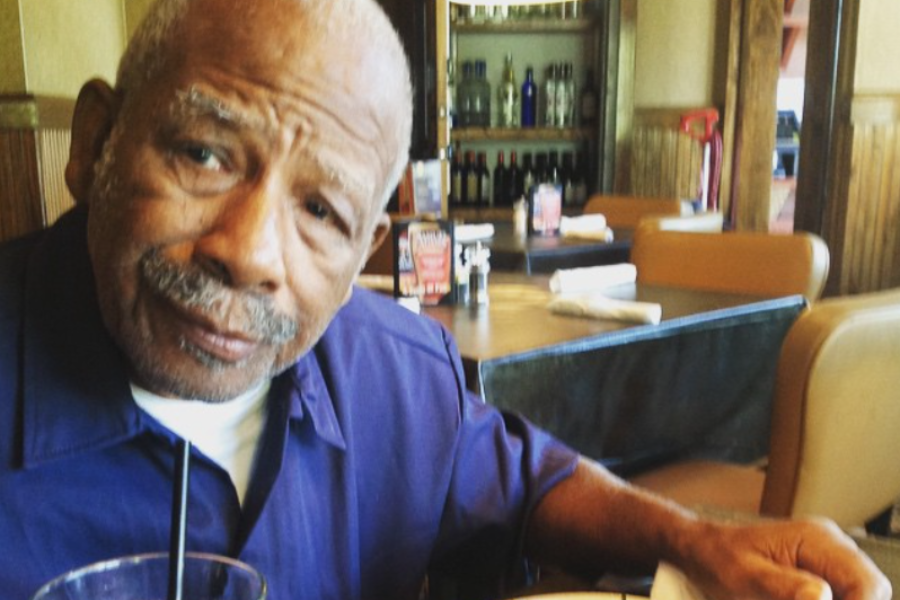
The money came in, but Nathan was gone. That’s when Freddie realized something: money could buy objects, but not moments. It couldn’t turn back time or fill an empty chair.
He thought about Nathan’s quiet acts of kindness—fixing strangers’ cars, handing out food, and stopping to help anyone in need. That, Freddie realized, was a different kind of wealth.
“I want to make the world better before I leave it,” he said. But before he took the challenge of changing the world, Freddie decided to fulfill one dream.
The Funeral That Changed the Blueprint
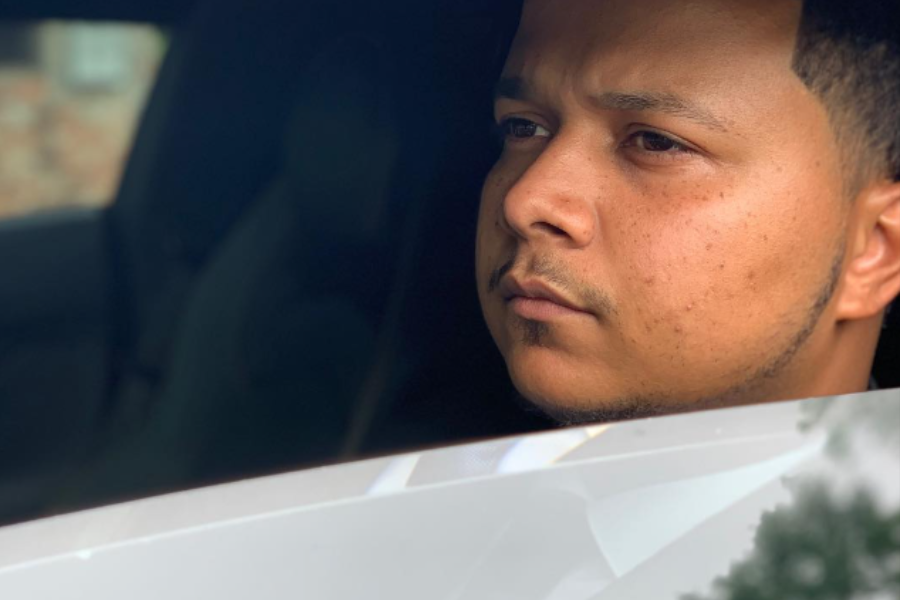
After Nathan’s funeral, Freddie sat alone in the truck he had bought too late. He looked at the empty passenger seat and said out loud, “You’d love this.”
He imagined Nathan’s voice, full of pride and playfulness, saying, “Looks like you got it running, Fred.” The steering wheel felt cold beneath his hands.
That moment rewrote Freddie’s mission. He wouldn’t chase symbols of success. He’d build things that mattered while the people he loved were still around to see them. From that point on, his inventions would serve more than profit.
The Man in the Fireplace Chair

Back when Freddie was eight, he visited his mother’s uncle in Georgia. They knocked on the front door, but no one answered. Betty Mae told him to climb in through a window.
Freddie opened the door. His great-uncle was sitting in a chair by the fireplace. He looked peaceful, like he was napping. Then Nathan stepped inside and paused.
“Betty Mae,” Nathan said quietly, “he’s dead.” The man had died from a diabetic coma. Freddie never forgot the moment—and what might’ve saved him.
A Device to Catch the Coma

Freddie thought about how his great-uncle had no way to alert anyone when his blood sugar dropped. In rural areas, a logbook wasn’t enough. Someone needed to be watching.
At 22, he designed a smart glucometer that did more than just check sugar levels. It transmitted results to a loved one and synced with the patient’s electronic health records.
If a reading was dangerously low, it triggered an amber alert. It was built for people like his uncle—isolated, vulnerable, and too often alone when they needed help.
Where the Internet Still Screamed
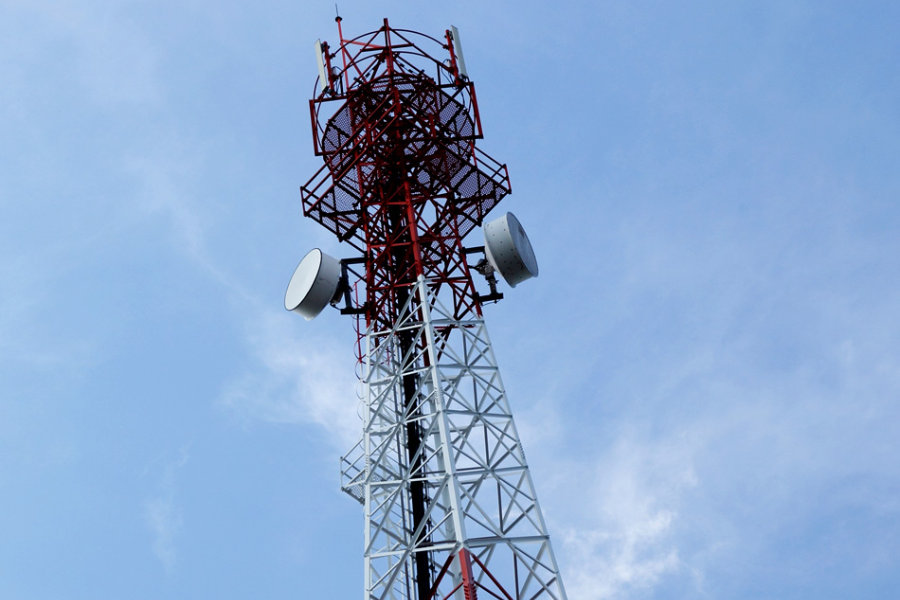
Back home in Quincy, most families still used dial-up internet. The screeching tones of a modem echoed through homes that big telecom companies had long ignored.
Freddie saw how entire communities—rural, poor, and Black—had been left behind by modern networks. Phone service and mobile data were inconsistent or nonexistent in many regions.
He decided to change that. In 2008, at just 19 years old, he submitted his first application to the FCC to create a new telecom company.
Paperwork and Pushback

The FCC process wasn’t easy. Freddie had to prove that major carriers weren’t investing in small communities with populations under 1,000. That meant filing petitions and technical documentation himself.
He faced rejection, delays, and overwhelming legal fees. Building infrastructure from scratch—laying fiber, sourcing bandwidth, setting up towers—took more than vision. It demanded grit.
He kept applying. Year after year. Each failure refined his resolve. By 2011, Freddie was just 21 when the FCC finally granted him a license.
Youngest Telecom Operator in America
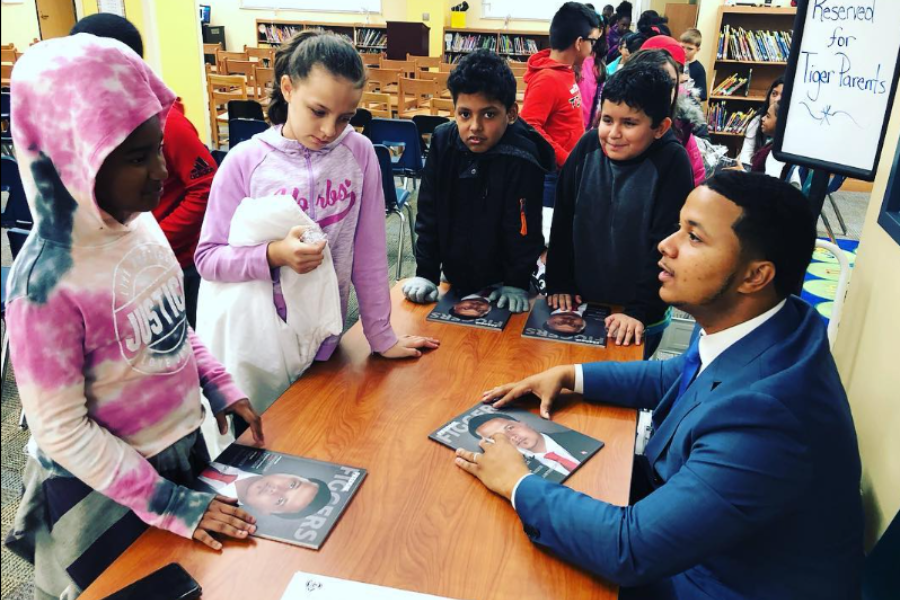
With his license secured, Freddie became the youngest telecommunications operator in the United States. The ink on the approval letter barely had time to dry before he got to work.
He poured concrete foundations for towers with his own hands. He pulled fiber cables himself across rural North Florida and southern Georgia, one trench at a time.
His company, Figgers Communication, began offering mobile and internet services to the communities others had ignored. He hadn’t just joined the industry—he had built his own network.
The Phone That Knew When to Stop

In 2014, the same year Nathan died, Freddie launched the Figgers F1 smartphone. It wasn’t about fancy design—it had a practical feature: a motion sensor that switched the phone to “safe mode” above 10 mph.
That meant no texting while driving. The phone locked itself once it detected motion, preventing distracted driving accidents—a feature inspired by local tragedies Freddie had seen.
He was building devices that responded to real needs, drawn from real life. But the next model would push even further—and stir up more than admiration.
The F3 and the Five-Meter Promise

2019 came, and Freddie unveiled the Figgers F3 smartphone. Its signature feature: a built-in chip that allowed wireless charging when the phone was within five meters of a base station.
The “super base charger” was still awaiting regulatory approval, but Freddie promoted the concept openly. It was meant to simplify life—charging without cords, outlets, or clutter.
Bloggers began raising questions. Some users claimed the technology didn’t match the marketing. Freddie stood by the product, but the scrutiny pushed him to respond directly.
Facing Doubts with Transparency

Freddie didn’t dodge the criticism. In an interview with the BBC, he said, “Our goal is to provide honesty and transparency while we provide quality and advanced products at an affordable price.”
He acknowledged that the charger was pending full deployment. But he remained committed to innovation and promised improvements in future models based on public feedback.
The F3 wasn’t perfect, but it wasn’t a gimmick either. It was a work in progress, born from a young founder still learning—and still dreaming. He wanted to do more.
A Foundation with Wheels and Gloves

Freddie’s mission didn’t stop at technology. Through the Figgers Foundation, he began funding education and healthcare projects. He looked for ways to help families like the one he came from.
In one initiative, he donated bicycles to children in foster care. In another, he distributed thousands of PPE masks to frontline workers during the height of the COVID-19 pandemic.
His success wasn’t hoarded. He sent it back into the world—in boxes, bags, and care packages—because he knew what it felt like to need help. And little did he know it would become too personal…
Betty Mae Starts to Slip

Freddie’s mother, Betty Mae, was 83 when her memory began to fray. The woman who had raised him with patience and strength now stared past familiar faces.
The signs of Alzheimer’s were unmistakable. Freddie had seen them before in Nathan. Now he watched again, helpless but determined not to let her face it alone.
He sat beside her and explained the glucometer he’d built years earlier—the one inspired by her uncle. She smiled gently and said, “That’s something special.” Around that time, as his mother’s condition worsened, another part of Freddie’s life was taking shape.
A New Kind of Legacy

In 2015, Freddie found love and married Natlie Figgers, a civil litigation attorney. They built a life together around shared values—justice, compassion, and community service.
They had a daughter, and Freddie began thinking about how to teach her the lessons Nathan had taught him: dignity, persistence, and the importance of helping others.
When asked what he wants her to learn, he said, “Never give up, no matter how cold the world may look.” It’s what Nathan would’ve said, too.
A Childhood Echo in Every Line of Code
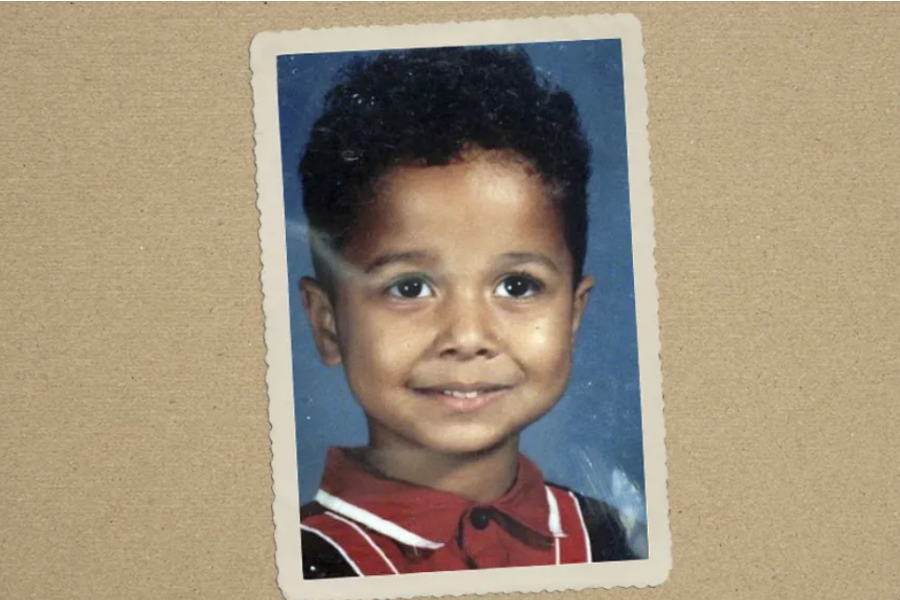
Every time Freddie worked on a new project, the memory of his nine-year-old self resurfaced—kneeling over a broken Mac, breathing life into a machine no one believed in.
The bullies, the teasing, and the label “Dumpster Baby” never left entirely. But he turned that pain into persistence, soldering self-worth into every circuit he touched.
His past wasn’t erased by success. It traveled with him, quietly urging him to make sure no other kid ever felt as disposable as he once did. He continued to do so by solidifying Figgers Communication.
The Only One in the Room
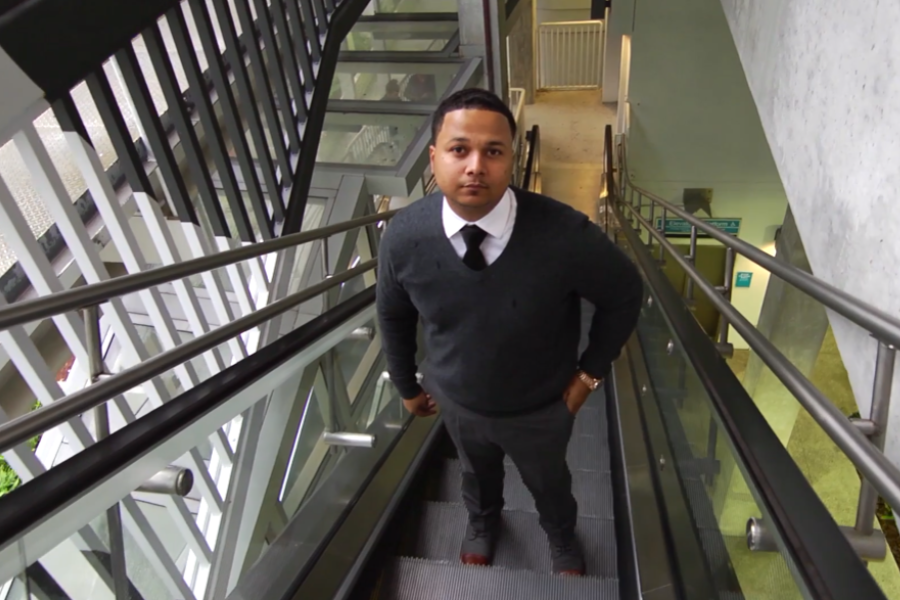
Figgers Communication remained the only Black-owned telecommunications company in the United States. Freddie didn’t set out to break racial barriers, but he couldn’t ignore them either.
He entered an industry with few mentors who looked like him and few companies that served communities like his. He learned by doing, failing, and doing again.
Each meeting, each tower, each lawsuit overcome wasn’t just for profit. And Freddie was not just a man who knew his codes. His quiet and productive resistance serves as an invitation for others to follow.
Laying Concrete with a Business License
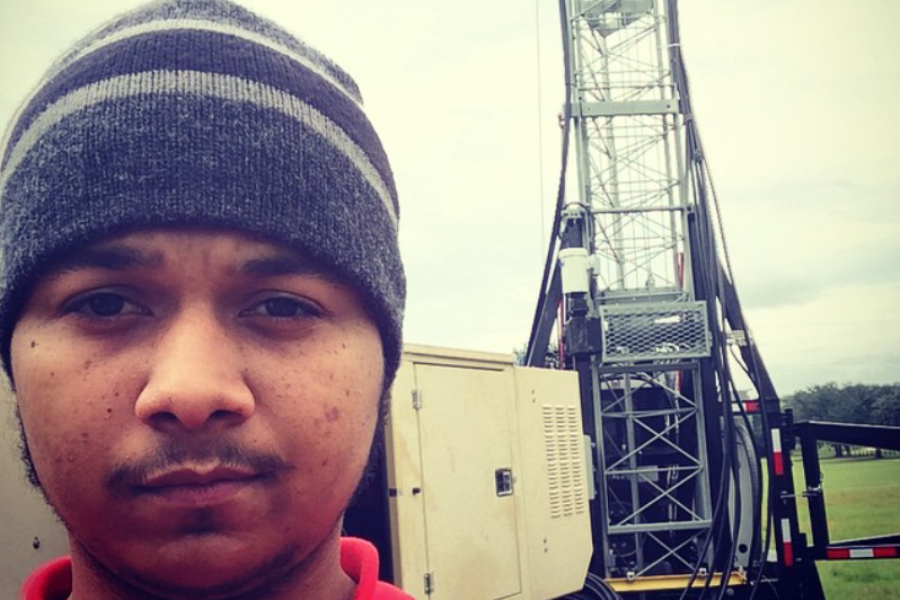
In the early years of Figgers Communication, Freddie handled more than coding and strategy. He poured concrete for tower bases with his own two hands.
He climbed poles, ran fiber optic cables, and adjusted antennas himself. If something broke, he didn’t call a technician—he opened a toolbox and fixed it.
Freddie was not a CEO in a suit. He was there to witness and experience, building from the ground up—literally. That grit shaped the company’s culture for years to come.
Serving the ZIP Codes Others Skipped

Figgers Communication focused on rural Florida and southern Georgia—places where internet connections were slow, cell signals were weak, and companies had long stopped investing.
Freddie didn’t see profit margins. He saw families like his own—people without access, without options, still paying dial-up bills in the age of smartphones.
He installed towers in fields and farmlands, delivering broadband where silence had lived for decades. Freddie promised he would never abandon; he proved that even after his father’s passing.
Rich in a Different Way
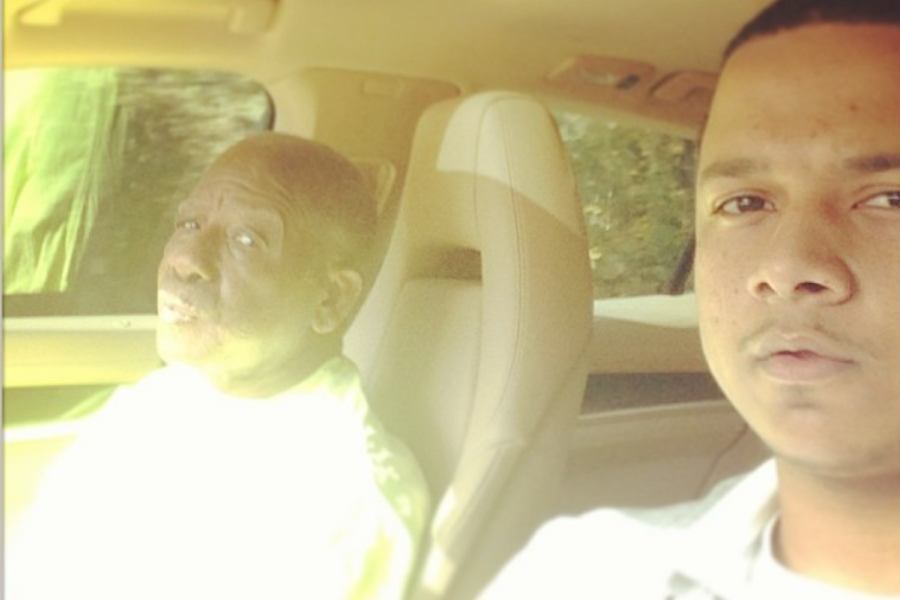
Freddie hasn’t let his father fade into memory. Years after Nathan passed, he still posts heartfelt tributes on Instagram—old photos, quiet moments, captions like “Still making DJ proud.” His father remains present in every memory he shares publicly.
When Figgers Communication expanded into new regions, Freddie named its first Tennessee office “The Nathan Suite” in honor of his dad’s unwavering belief in him.
He’s even credited Nathan in every patent, writing “Dedicated to my father Nathan Figgers” beneath each one. That same quiet devotion shows up in how he treats his customers.
Customers Reaching Back
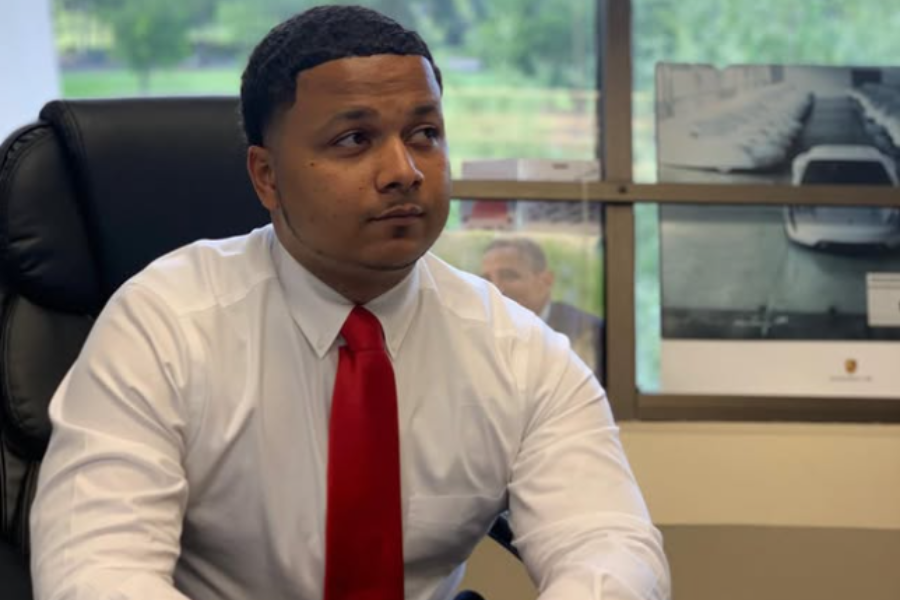
Some rural customers called Freddie directly just to say thank you. One woman in southern Georgia said she could finally use FaceTime to see her grandchildren for the first time.
Another man said he no longer had to drive 10 miles to send an email. These weren’t minor conveniences—they were connections to life, family, and dignity.
Freddie kept a folder of those messages. Not as testimonials for marketing, but as reminders of why he started with a broken computer and an open heart.
Never a Product Without a Purpose
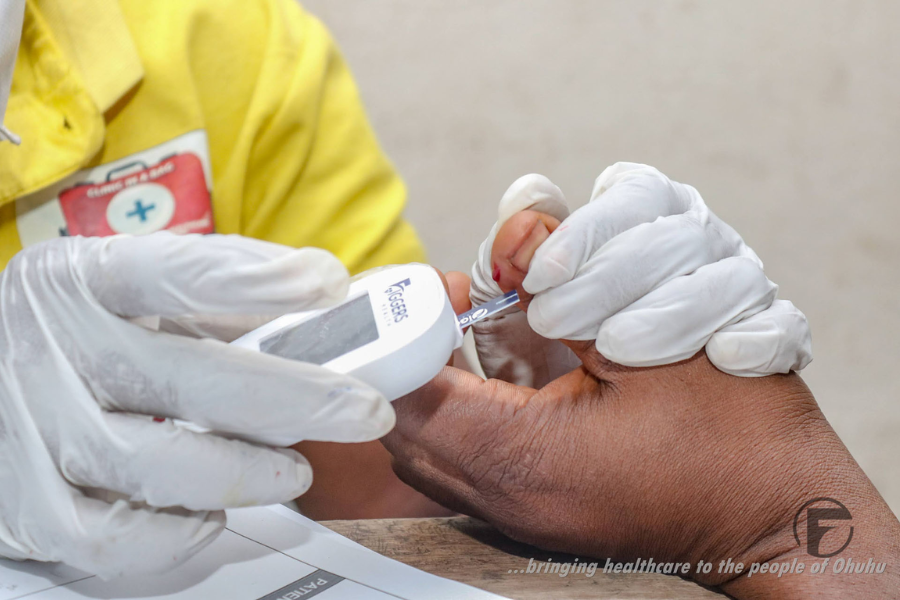
Freddie never designed technology for flash. Each device answered a problem he had lived through—Alzheimer’s, diabetes, distracted driving, digital exclusion. Every circuit had a story.
The goal was always clarity, not clout. His wireless charger, his glucometer, and his custom phones weren’t about chasing headlines—they were built to prevent tragedies.
Invention, for Freddie, wasn’t a performance. It was an answer to a question someone forgot to ask: “What if this existed when I needed it most?” Now, he passes that mission on.
What He Tells His Daughter
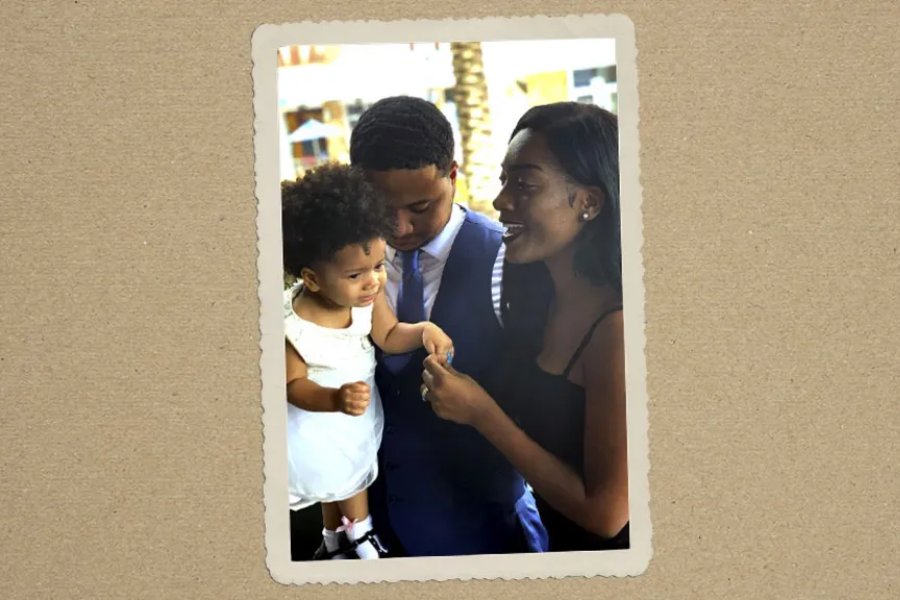
At bedtime, Freddie whispers lessons into his daughter’s ear. Not fairy tales—truths. “Don’t let the world define you. And don’t be afraid to fix what others throw away.”
He tells her about Nathan, about Betty Mae, and about a boy with a broken computer who didn’t stop until it turned on. Her eyes widen every time.
She’ll grow up in a world her father helped wire together. And he hopes she’ll make it kinder, louder, and safer for whoever walks it next.
From the Ground Beside a Dumpster

Freddie Figgers began his life beside a dumpster in rural Florida—two days old, alone, and discarded. He doesn’t hide that fact. He says it plainly, whenever asked.
Because the story didn’t end there. It began there. With soldered wires, poured concrete, unreturned glances, and unwavering love from two people who refused to give up on him.
The signal from that moment has traveled far—across networks, across minds, across lives. And it’s still transmitting, every day, from the empire he built by hand.
